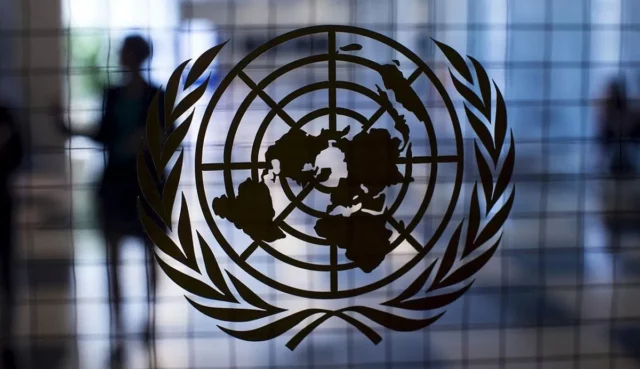UN Report Sheds Light on Children’s Rights Violations in Israel-Palestine Conflict
A recently forthcoming report from the United Nations Secretary-General António Guterres is raising serious concerns about the impact of the Israel-Palestine conflict on children’s rights. The report indicates that both Israel and Hamas could find themselves on the UN’s annual list that identifies organizations accused of committing crimes against children. This highlights a pressing issue that affects innocent lives caught in the crossfire.
The Stakes for Israel
The prospect of Israel being added to this global «shame list» is stirring controversy. Prime Minister Benjamin Netanyahu has openly criticized the potential decision, declaring that it could undermine Israel’s relations with the international community. He argues that labeling Israel in this way fails to acknowledge the complexities of the situation, including the threats posed by Hamas against Israeli citizens.
However, it’s essential to look at the broader picture. Statistics reveal that, in conflict zones, children are often the most vulnerable. For instance, a UNICEF report indicates that armed conflicts have resulted in over 200 million children being deprived of access to education and basic healthcare. This is not just a statistic; these are real children whose futures are at risk.
Palestinian Perspective
On the other side, Palestinian Ambassador to the UN, Riyad Mansour, views the potential inclusion of Israel on the list as a critical step towards justice for Palestinian children who have suffered during the conflict. He emphasizes that accountability is necessary to address the persistent violations of children’s rights and to pave the way for sustainable peace.
Urgent Need for Protective Measures
This situation brings us to a crucial question: what can be done to protect children in conflict zones? Here are some suggestions based on expert analysis and real-world examples:
- Increase Access to Education: In conflict-affected areas, innovative approaches, like mobile schools, can provide children with education amidst uncertainty. For instance, UNICEF has implemented «child-friendly spaces» that not only offer education but also psychological support.
- Advocate for Humanitarian Ceasefires: Temporary pauses in hostilities can create opportunities for aid delivery and protection for children. Historical examples, such as the humanitarian truce in Syria, show that such measures can save lives.
- Engage Local Communities: Involving local groups in peacebuilding efforts has shown promise. Research suggests that grassroots movements often have a more profound impact on community resilience than top-down approaches from governments.
Conclusion: A Call for Action
This unfolding situation not only calls for immediate attention but also for a collective commitment to upholding children’s rights in all conflict zones. The international community must work together to ensure that children are protected, heard, and empowered. As we observe these developments, the actions taken by the UN and responses from both sides could shape the future of peace in the region—and the welfare of countless children depends on it.
In the face of such adversity, we must remember that behind every statistic is a child with dreams, talents, and the right to a safe future. Let us not allow their voices to remain unheard.





